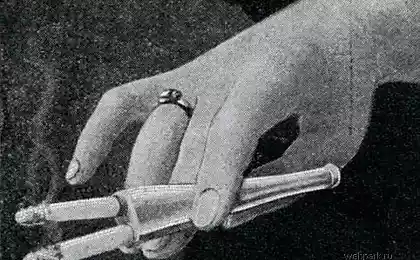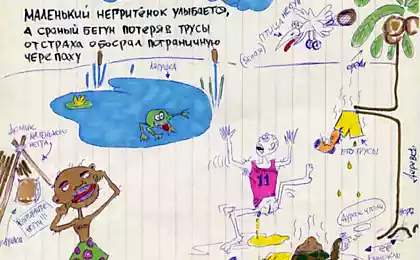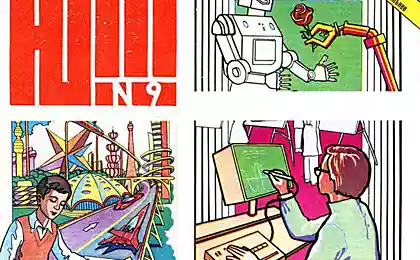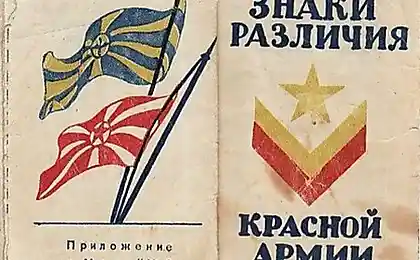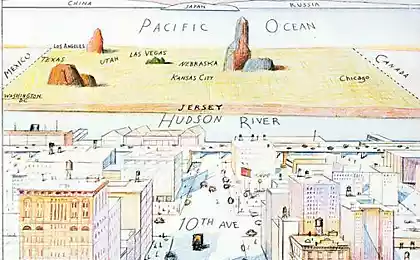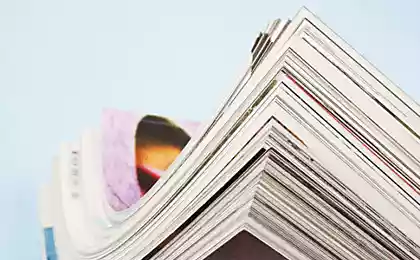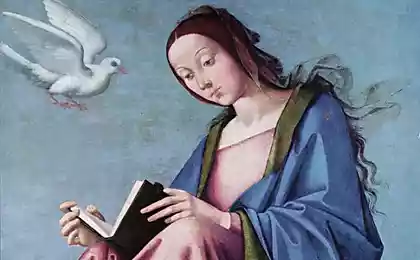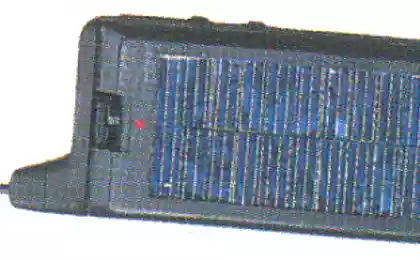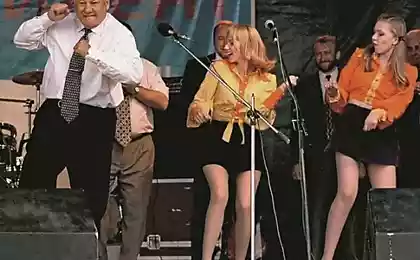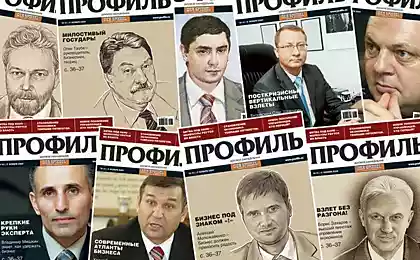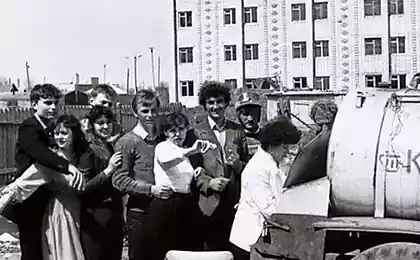1097
Murzilka

Curiously, Murzilka traces its history already since 1879, when a Canadian artist and poet Palmer Cox (Palmer Cox) has created a cycle of poems with their illustrations about the little people "brownie» (Brownie) - small men, relatives of house, with brown hair nechёsanymi ( for which they have been named "Brownie»).

Appearing for the first time in the magazine «Wide Awake», they began a triumphal procession, first in America and then around the world. In Russia, they were due to the famous writer Anne Chwolson, which made a free translation of texts Cox, giving the names of the other characters. Thus was born the name Murzilka.
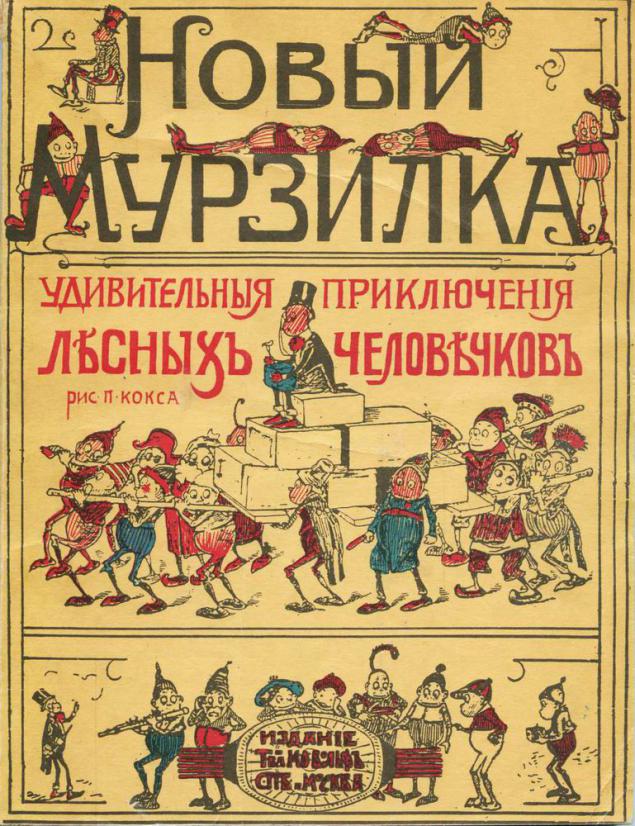
In 1913 a book was published in Russian Chwolson "New Murzilka. Amazing adventures and wandering young men forest "where the main character was Murzilka - man in a frock coat, with a cane and monocle. These tales have been very popular, but after the 1917 revolution, the book is no longer published, and this forgotten hero.
Again on Murzilka recalled in 1924, when the Workers' Newspaper "to create a new children's magazine, and this name will appeal to all. But do not put on the cover of the Soviet magazine brownie! Therefore Murzilki became red purebred puppy who accompanied his master everywhere - boys Petka.
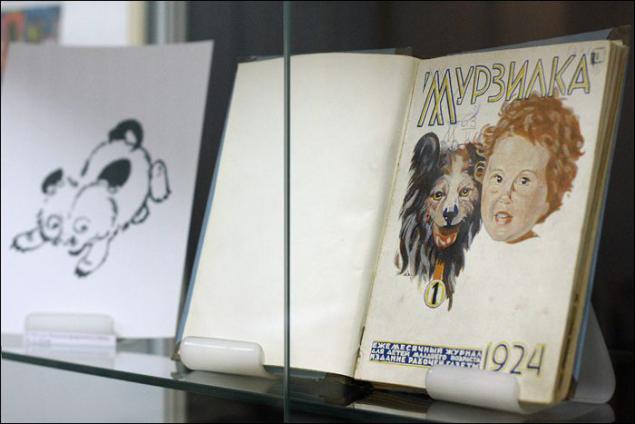
But this did not last long Murzilka, and in 1937 a new version.
Artist Aminadav Kanev created became known in the USSR image - yellow fluffy character in a red beret with a scarf and a camera over his shoulder.
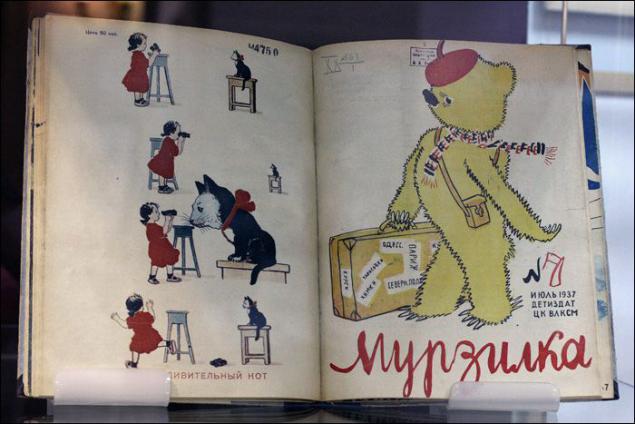
Having undergone some changes, it is a way lived up to the present time. And children like it very much.
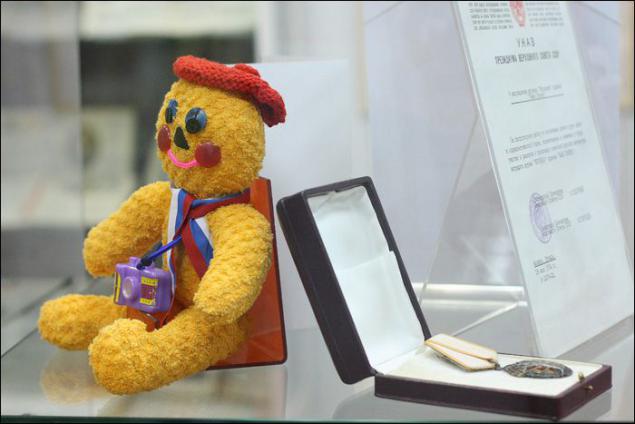
In Soviet times, it was the children's monthly magazine Komsomol Central Committee and the Central Council of the All-Union Pioneer Organization them. VI Lenin. It was designed in October, younger students, students of older groups of kindergartens.
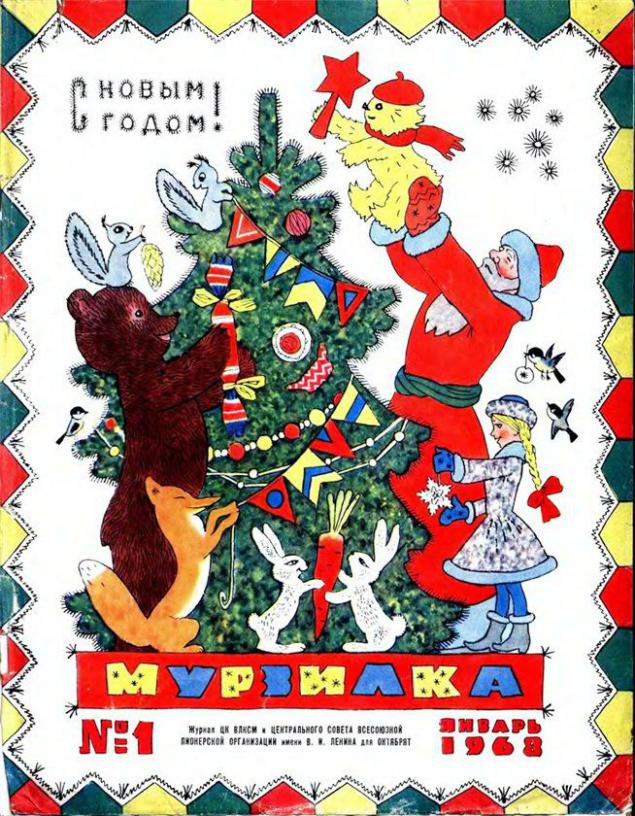
The main task of "Murzilki" was communist education of children in the spirit of Soviet patriotism, respect for labor, teamwork and camaraderie.

Magazine published stories, poems, stories, essays and pictures of the creative labor of the Soviet people, the heroic past of the motherland.
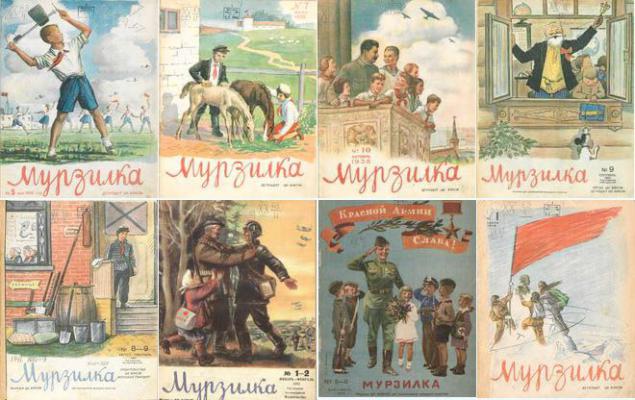
In a lively, entertaining and accessible form telling the children about the history of the Soviet Union, labor, nature, life, schools, businesses, etc. October

The establishment and operation of the magazine participated famous figures of literature and art of the Soviet period.

On the pages of "Murzilki" published best children's writers Samuil Marshak, Roots Chukovsky, Sergei Mikhalkov, Boris Zakhoder, Agnes Barto, Michael Prishvin Paustovsky Elena Blaginina, Nikolay Nosov, Valentin Berastau Yuri Korinets Irina Tokmakova, Eduard Uspensky, Andrew Usachev, Marina Moskvina, Viktor Lunin, Leonid Yakhnin Mikhail Yasnov other.
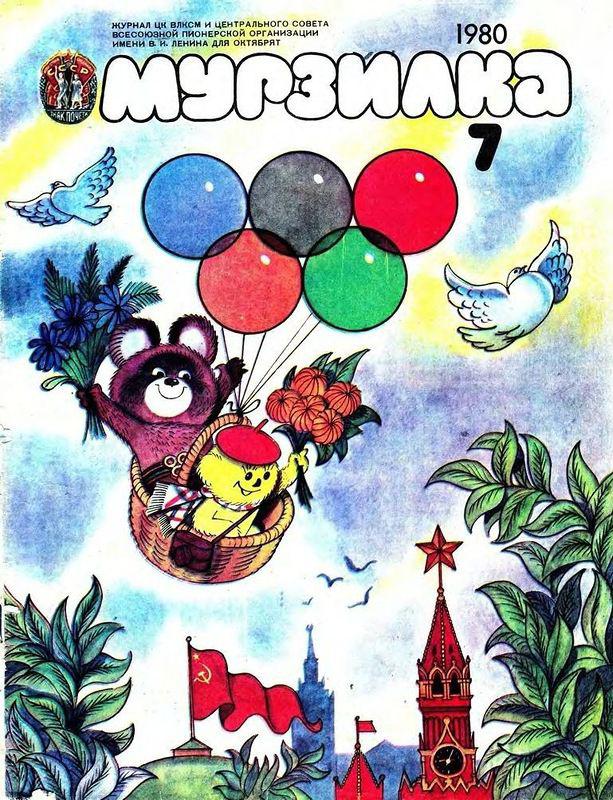
Magazine "Murzilka" published so far. In 2011 he was entered in the Guinness Book of Records as "the magazine for children with the longest period of publication».
For long-term history of the beloved children's magazine his release is not interrupted even once.

Currently, the journal publishes the works of contemporary children's writers, including foreign ones. There are printed tales, novels, children's stories, plays and poems. Its main authors - today's talented artists and writers, and classics of children's literature. Some authors advocate the magazine and the readers themselves.
--img14--
Modern "Murzilka" - a full-color glossy magazine, as always full of interesting, informative materials on topics that attract not only young readers, but also their parents. The variety of topics and interesting feed magazine strives to meet the ever growing needs of its readers. Many materials are not only informative in nature, call for creativity, but also bring useful skills. Also, there are printed materials that complement primary schools.
"Murzilka" - a mirror of our children's press. After all, he still maintains the tradition of collecting on its pages only the best examples of modern Russian literature for children. The magazine is published monthly with a circulation of 85,000 copies.
Kiosks "Rospechat", however, I can see it is very rare - probably the bulk of the issues goes to the library, as well as individual and collective members.
--img15--
Source: babyps.livejournal.com

